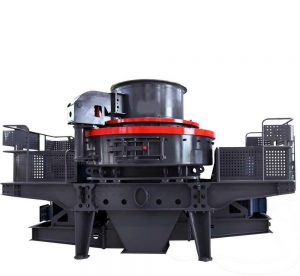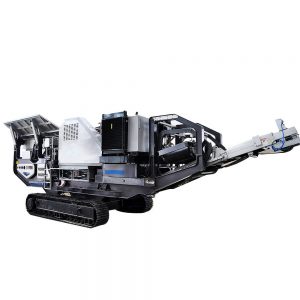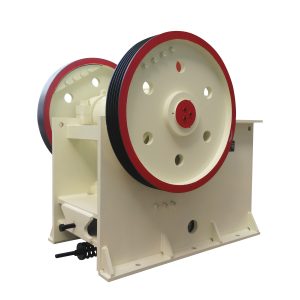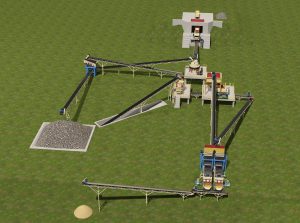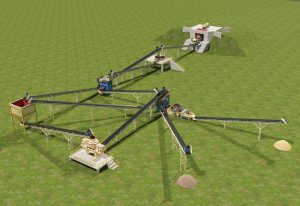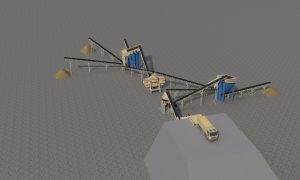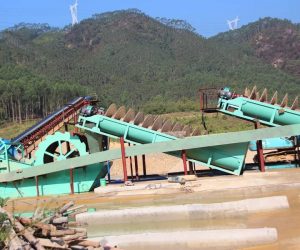Designing Efficient Crushing Lines for Carbide Slag
Carbide slag is a byproduct generated during the chemical reaction between calcium carbide and water to produce acetylene gas. This waste material primarily includes calcium hydroxide with smaller amounts of silica, iron, and magnesium oxide. The resulting slag is light gray, finely granular, and exhibits strong alkalinity. Proper treatment and utilization of Carbide slag are critical, as they help reduce environmental pollution.
Given the increasing importance of sustainability and resource efficiency, understanding the types of carbide slag crushers and the design of their crushing lines is essential for businesses looking to optimize their operations. This blog post will explore the various kinds of crushers suitable for processing carbide slag, the design considerations for an effective crushing line, and the importance of environmental and safety measures in the process.
Types of Carbide Slag Crushers
When processing carbide slag, selecting the right crusher is crucial for achieving optimal results. Here are the most commonly used crushers in the industry:
-
Jaw Crusher
The jaw crusher is the primary choice for the initial processing of carbide slag. It is suitable for both primary and secondary crushing stages. This crusher handles large pieces of material, breaking them into smaller, more manageable particles. One of the key advantages of jaw crushers is their simple structure, which makes them easy to operate and maintain. They are particularly well-suited for medium-sized production lines. The working principle involves compressing material between two moving jaw plates, which crushes the material as it passes through.
-
Cone Crusher
The cone crusher is another popular choice for medium and fine-crushing applications. It excels at handling materials with medium hardness and provides excellent crushing performance. One of the standout features of cone crushers is their ability to produce a more uniform particle size and shape, which is essential for many applications. The design of the cone crusher allows it to operate stably under high loads, making it a reliable option for large-scale production facilities.
-
Impact Crusher
The impact crusher is a high-efficiency fine-crushing machine that can pulverize carbide slag into finer particles. The impact crusher operates by using a high-speed rotating rotor to fling materials against the walls of the crushing chamber, facilitating impact crushing. It enhances crushing efficiency and allows for better control over the final particle size, making it an ideal choice for producing high-quality slag products.
-
Hammer Crusher
The hammer crusher is another viable option for crushing carbide slag, particularly when requiring a finer output. Hammer crushers are particularly effective when processing materials with higher moisture content, as they can handle wet conditions more efficiently than other crushers.
-
Mobile Crusher
Mobile crushers have become popular with the growing emphasis on environmental sustainability and cost-effectiveness. These versatile machines offer flexibility in operation, allowing them to be quickly set up on-site for immediate use. Mobile crushers are particularly suitable for small-scale carbide slag processing. Their adaptability makes them an attractive option for many businesses in the industry.
Design of Carbide Slag Crushing Line
Designing an efficient crushing line for carbide slag involves carefully considering several factors, including the production process, equipment configuration, environmental measures, and automation control. Below is a streamlined overview accompanied by practical examples.
Production Process Design
The production process typically includes feeding, crushing, and screening stages:
- Example: For a facility processing 100 tons of carbide slag per day:
- Feeding: A vibrating feeder with a capacity of 50 tons per hour feeds the slag into a jaw crusher.
- Primary Crushing: The jaw crusher reduces the material to about 50 mm.
- Secondary Crushing: The crushed material is sent to a cone crusher, reducing it to approximately 10 mm.
- Screening: A vibrating screen sorts the output into various sizes for further processing or sale.
Equipment Configuration
Proper equipment configuration is essential for maximizing efficiency and output in the production line.
- Example: For a facility processing 150 tons per day, the equipment configuration might include:
- One primary jaw crusher with a capacity of 100 tons per hour.
- One secondary cone crusher with a capacity of 80 tons per hour.
- Two belt conveyors for efficient material transfer between stages.
- A single-deck vibrating screen to separate the finished product.
This setup ensures the material flows smoothly through the crushing process without bottlenecks.
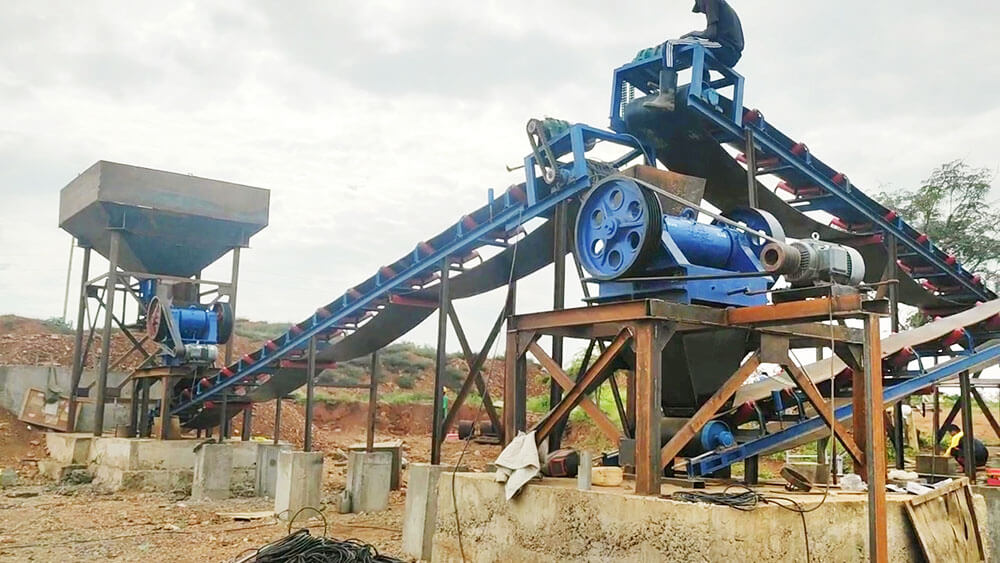
Environmental Measures
Environmental considerations are paramount when designing a crushing line for electric calcium carbide slag. The production process can generate dust and harmful gases, so incorporating effective dust control measures is essential.
- Example: In a facility that processes 100 tons of slag per day, implement the following environmental measures:
- Dust Collection Systems: Installing a centralized dust collection at key points, such as the jaw crusher and screening areas, to capture airborne particles.
- Misting Systems: Adding misting nozzles around the crushing and screening areas to reduce dust generation.
- Sealing: Ensuring all equipment, including conveyors and hoppers, is properly sealed to minimize dust escape.
Automation Control
Implementing an automation control system can significantly enhance the efficiency and safety of the crushing line. Automated systems allow for real-time monitoring of production conditions, enabling operators to adjust equipment settings.
- Example: A facility with a fully automated system could include:
- Sensors: Installed on the jaw and cone crushers to monitor load and operational parameters, providing feedback for real-time adjustments.
- Control Software: A centralized control system that allows operators to monitor production metrics, adjust conveyor speeds, and manage equipment settings from one interface.
- Alerts: Automated alerts that notify operators of any irregularities, such as equipment malfunctions or material blockages.
Safety Protection Measures
Due to the strong alkalinity of electric calcium carbide slag, safety protection measures are critical during processing. Operators should be equipped with appropriate personal protective equipment (PPE) to prevent direct contact with the material.
- Example: A safety protocol for a facility processing electric calcium carbide slag might include:
- PPE Requirements: Mandating wearing gloves, goggles, and respiratory protection for all personnel working in the processing area.
- Regular Training: Conduct safety training sessions to educate staff on the risks associated with handling slag.
- Emergency Procedures: Establishing clear emergency procedures, including spill response and first aid measures, in case of contact or accidents.
Conclusion
The utilization of carbide slag brings significant economic opportunities while addressing environmental concerns. As industries evolve and adapt to changing regulations, companies must remain agile, and ready to implement innovative solutions that meet operational needs and sustainability goals. The effective processing of carbide slag benefits the environment by minimizing waste and contributes to valuable materials used in construction, chemical manufacturing, and other sectors. As technology advances and environmental standards tighten, the methods for processing and utilizing electric calcium carbide slag will continue to improve, paving the way for a more sustainable future in the industry.
Eastman is a professional mining equipment manufacturer with 38 years of rich experience in the mining construction industry. We can also provide lab equipment. Welcome to consult our professional team to get factory prices. According to your situation and product requirements, we will design a complete sand-crushing production line flow chart and provide an accurate quotation.
